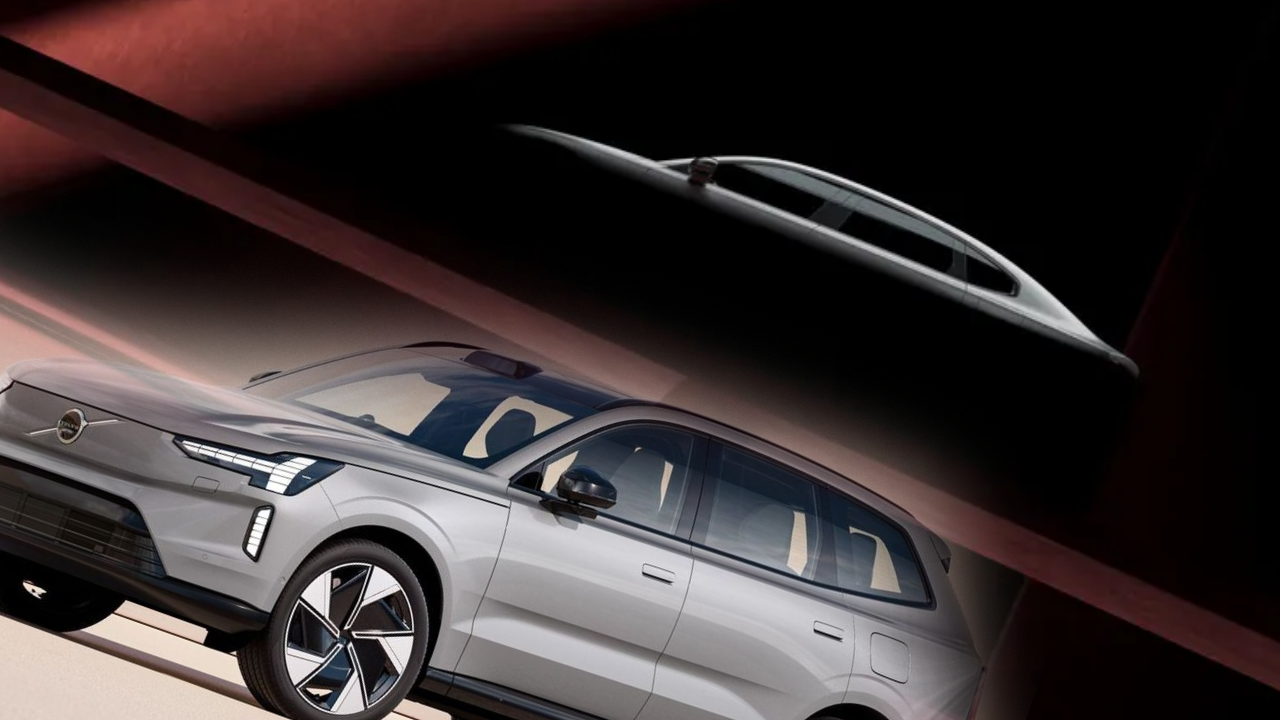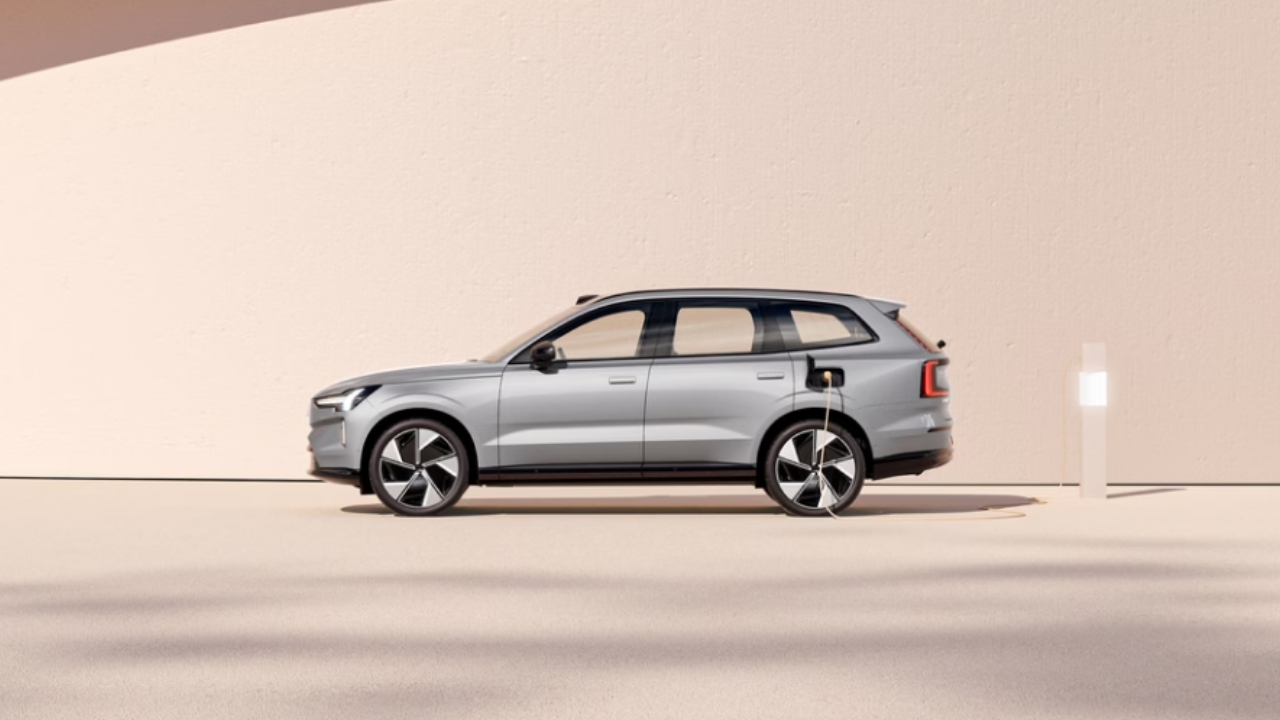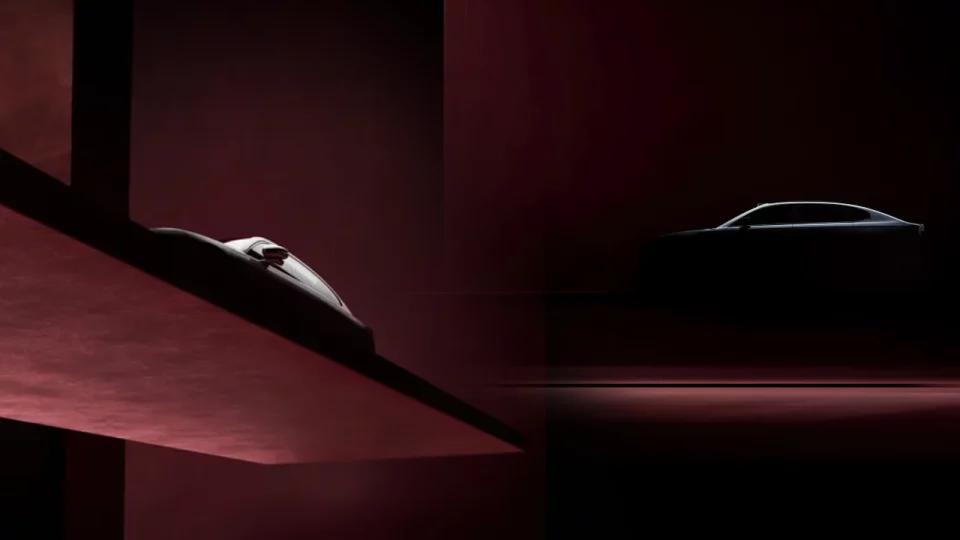Volvo has long been synonymous with safety, durability, and Scandinavian design excellence. Now, the Swedish automaker is making headlines again, and this time it’s all about electrification and bringing back an old favorite – the saloon car. The new all-electric ES90 marks Volvo’s foray into revitalizing the classic four-door saloon segment, which has seen a decline in favor of SUVs and crossovers over the past decade.
As Volvo unveils a refreshed lineup with an emphasis on electric vehicles (EVs), the ES90 emerges as a beacon of this new direction. And it’s not just the saloon that’s making a comeback; Volvo has also announced a forthcoming EX60, an all-electric version of the popular XC60 SUV, which suggests a comprehensive EV strategy that spans multiple vehicle segments.
But what’s driving this shift, and what makes the ES90 so special? Let’s dive into the details.
Table of Contents
The Saloon Resurgence: Why the ES90 Matters
In recent years, the automotive world has been flooded with SUVs and crossovers. While these vehicles offer practicality, space, and a commanding driving position, many enthusiasts lament the decline of the saloon, or sedan as it’s known in some markets. Saloons are renowned for their sleek design, smooth ride quality, and superior handling dynamics compared to their bulkier SUV counterparts. With the introduction of the ES90, Volvo aims to recapture the elegance and driving pleasure of saloons while aligning with the industry’s move toward sustainable mobility.
The ES90 is essentially the electric reincarnation of the beloved S90 saloon, a model that captured hearts with its refined design and luxurious interior. With the ES90, Volvo isn’t just updating an old model; it’s reimagining it for a new era, where zero-emissions and advanced technology are the new norms.
Under the Hood: Platform and Powertrain
Though Volvo has yet to release the full specifications for the ES90, we can make some educated guesses based on what is already known about the EX90, the all-electric successor to the XC90. The EX90 features a massive 111 kWh battery pack mounted on its floor, which supports charging speeds of up to 250 kW and offers an estimated range of 374 miles (approximately 600 km). It is highly likely that the ES90 will share this powertrain, given Volvo’s commitment to modular architecture and the economies of scale that come with shared components.
This new platform, referred to as Volvo’s new modular architecture, is designed to underpin all future electric models from the brand. It’s a flexible platform that can accommodate different body styles and powertrain configurations, making it perfect for a range of vehicles from saloons to SUVs. The modular approach also allows Volvo to quickly adapt to market demands and regulatory changes, future-proofing its lineup against rapid technological advances and shifts in consumer preferences.
The Superset Tech Stack: Volvo’s Brainchild for Smart Mobility

One of the most intriguing aspects of the ES90 is not just its electric drivetrain but the technology that will power its in-car experience and autonomous driving capabilities. Volvo has announced a new tech suite, aptly named the Volvo Cars Superset tech stack. This integrated system will manage the vehicle’s entire electronics and connectivity package from a single, unified stack. This is a significant move, considering the growing complexity of modern vehicles, which are increasingly resembling computers on wheels.
The Superset tech stack, powered by Nvidia chips, will be the central nervous system for all new Volvo EVs. With an Android-based interface, the system promises a seamless user experience with over-the-air updates, smart connectivity features, and advanced driver assistance systems (ADAS). The idea is to create a unified platform where software, not hardware, determines the user experience. This shift will reduce costs, improve efficiency, and provide a consistent and reliable experience across all Volvo models.
The stack’s debut will occur in the EX90, setting the stage for the ES90 to follow with the same technological prowess. Interestingly, the development of the stack for the ES90 is expected to further refine the system, which will then be used in future models like the EX60. This cross-development strategy ensures that Volvo’s tech suite remains cutting-edge and consistently optimized for all its vehicles.
Enter the EX60: Volvo’s Next Electric SUV
While the ES90 is stealing the spotlight with its return, Volvo is not stopping there. The automaker has also confirmed the upcoming release of the EX60, a fully electric version of the widely acclaimed XC60 SUV. Positioned between the smaller, agile EX30 and the larger EX90, the EX60 is expected to offer a balance of size, range, and performance, much like its internal combustion engine (ICE) counterpart, the XC60.
The EX60 is likely to share many components with the EX90 and ES90, including the same modular architecture and the Superset tech stack. This approach not only streamlines production but also ensures that all Volvo EVs offer a similar driving and user experience, regardless of size or body style. With the EX60, Volvo is aiming to cater to families and individuals who want an environmentally friendly vehicle without compromising on space or versatility.
Check the Volvo EX90 related topic: Volvo EX90 2025: The Future of Luxury and Sustainability in Electric Mobility

What to Expect from the ES90
While exact details about the ES90 remain under wraps, we can expect it to build on the foundation laid by the EX90. This means a spacious interior with high-quality materials, a host of advanced safety features, and a design that remains true to Volvo’s minimalist aesthetic. The vehicle is also expected to support the latest in autonomous driving technology, with the possibility of Level 3 autonomy on highways, where the car can handle most driving tasks while the driver remains on standby.
Volvo has consistently emphasized safety as its core value, and the ES90 will likely continue this tradition with features like collision avoidance, pedestrian detection, and lane-keeping assistance. Combined with the advanced capabilities of the Superset tech stack, the ES90 could very well set new standards in both safety and user experience for electric saloons.
Market Positioning and Potential Impact
With the introduction of the ES90, Volvo is targeting a segment that has been relatively quiet in recent years. Electric saloons like the Tesla Model S, the Porsche Taycan, and the Mercedes EQS have set the bar high, but there is still room for a player like Volvo, known for its understated luxury and focus on safety. The ES90 could appeal to a demographic that values these qualities and is looking for a more refined, less ostentatious alternative to the current offerings in the premium EV space.
Furthermore, by launching the EX60 shortly after the ES90, Volvo is ensuring it has a well-rounded portfolio that caters to different market segments. The EX60 will likely compete with models like the Tesla Model Y, the BMW iX3, and the Audi Q4 e-tron, further establishing Volvo as a formidable player in the electric SUV market.
